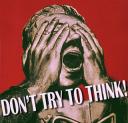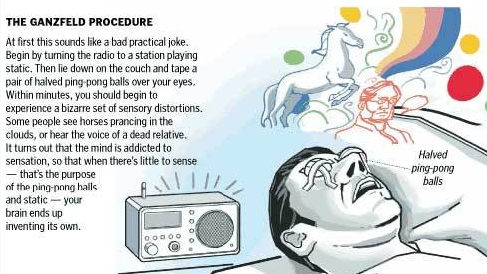Design Competition for Better Health
Thursday, March 19th, 2009 Found another competition that is ripe for the application of cognitive design, this one sponsored by the prestigious Robert Wood Johnson Foundation’s Pioneer Program and Ashoka’s Changemaker Program.
Found another competition that is ripe for the application of cognitive design, this one sponsored by the prestigious Robert Wood Johnson Foundation’s Pioneer Program and Ashoka’s Changemaker Program.
The fuse is very short – entries are due April 1st.
 Competition aside, this is a great site for cognitive designers. There are 103 entries from 30 countries that you can learn from. There is also excellent advice (decision types, flavors and dos and don’ts) on how to design nudges. Remember, nudges are seemingly small behavioral influencers that we embed in the environment that suggest an improved course of action but still respect the right of the individual to self determine. They are just-in-time “pushes” that help us make better choices and avoid failures in self-regulation.
Competition aside, this is a great site for cognitive designers. There are 103 entries from 30 countries that you can learn from. There is also excellent advice (decision types, flavors and dos and don’ts) on how to design nudges. Remember, nudges are seemingly small behavioral influencers that we embed in the environment that suggest an improved course of action but still respect the right of the individual to self determine. They are just-in-time “pushes” that help us make better choices and avoid failures in self-regulation.









